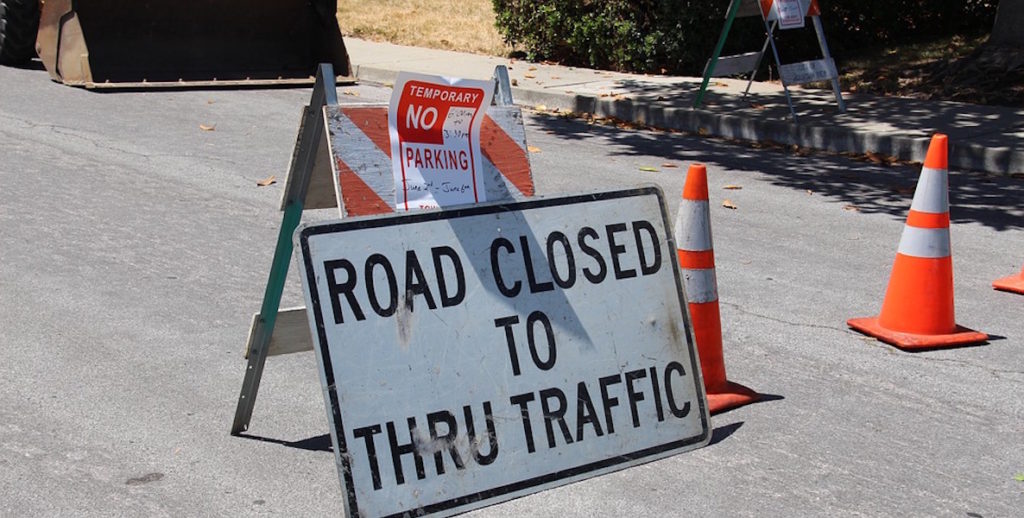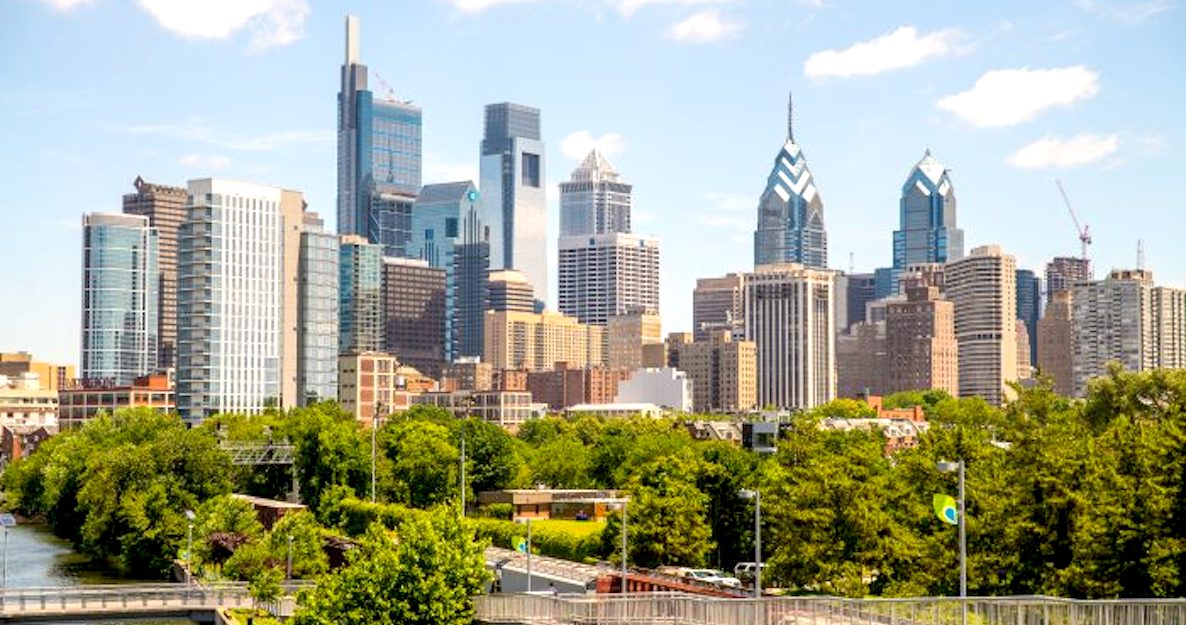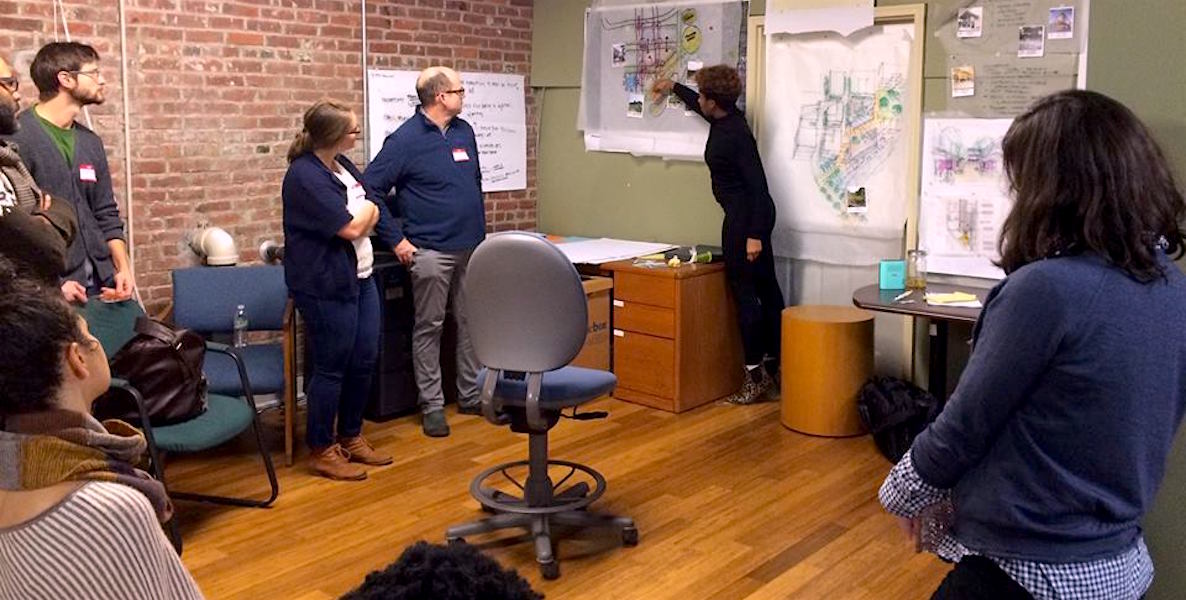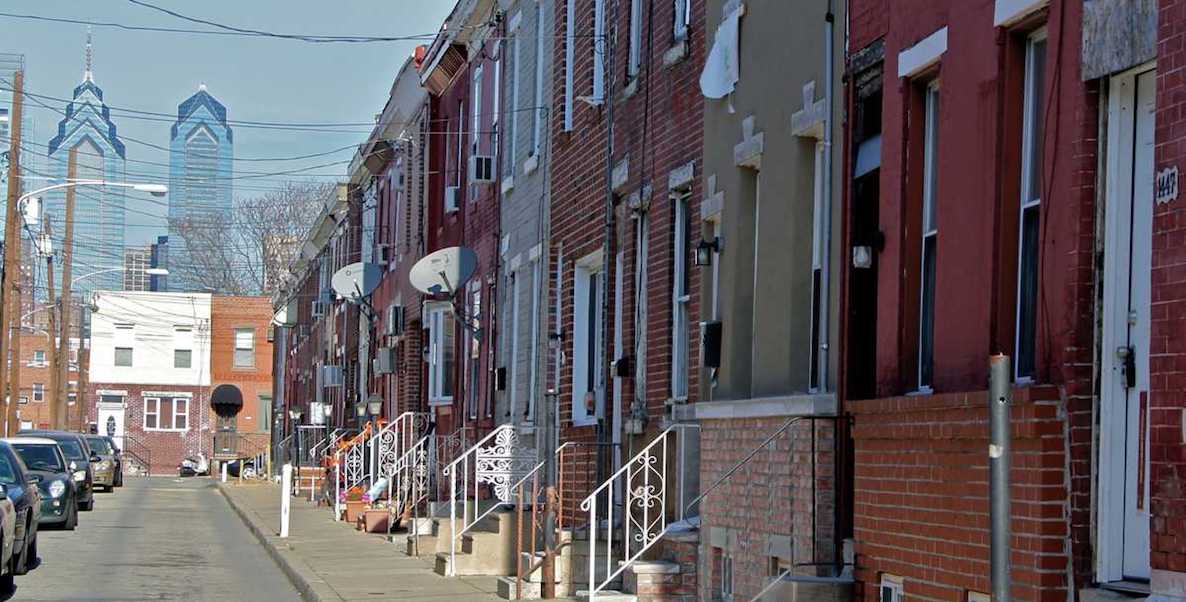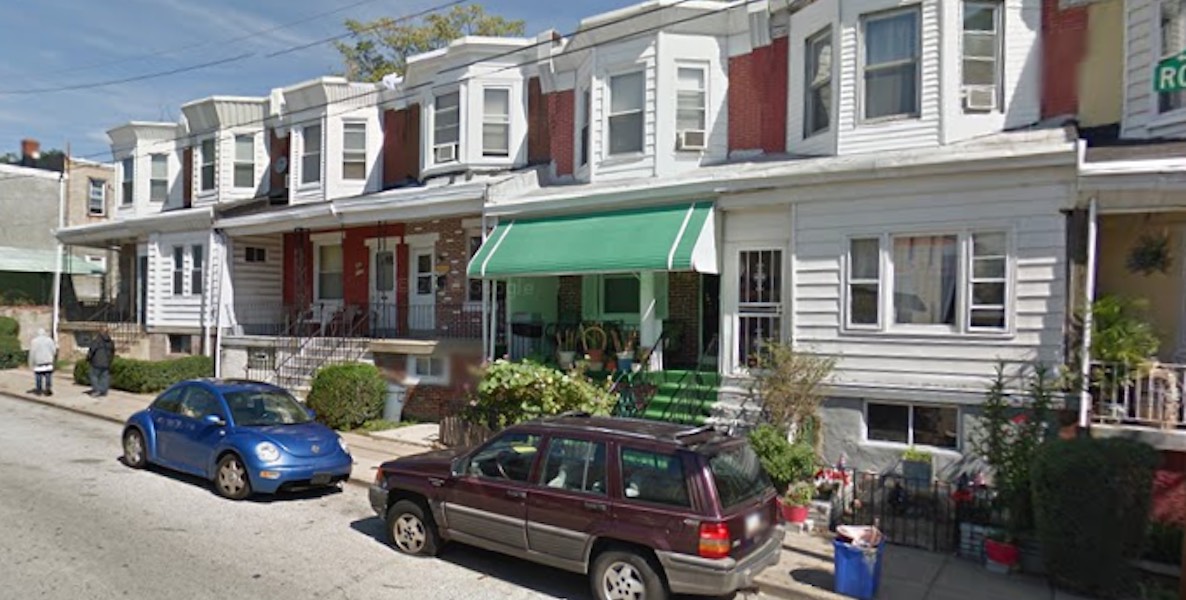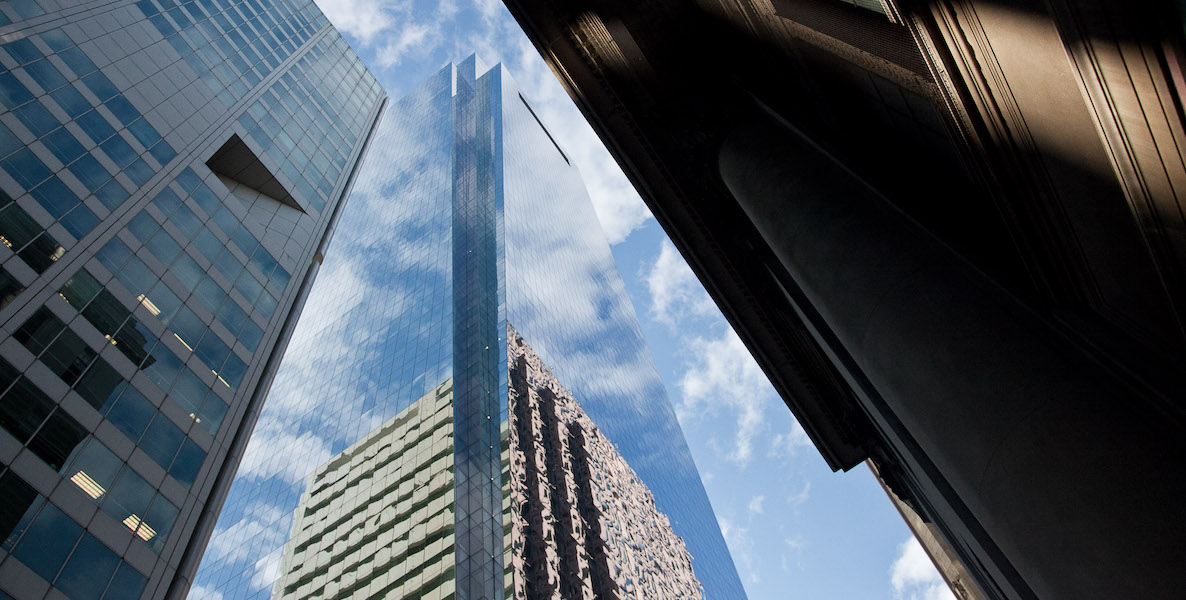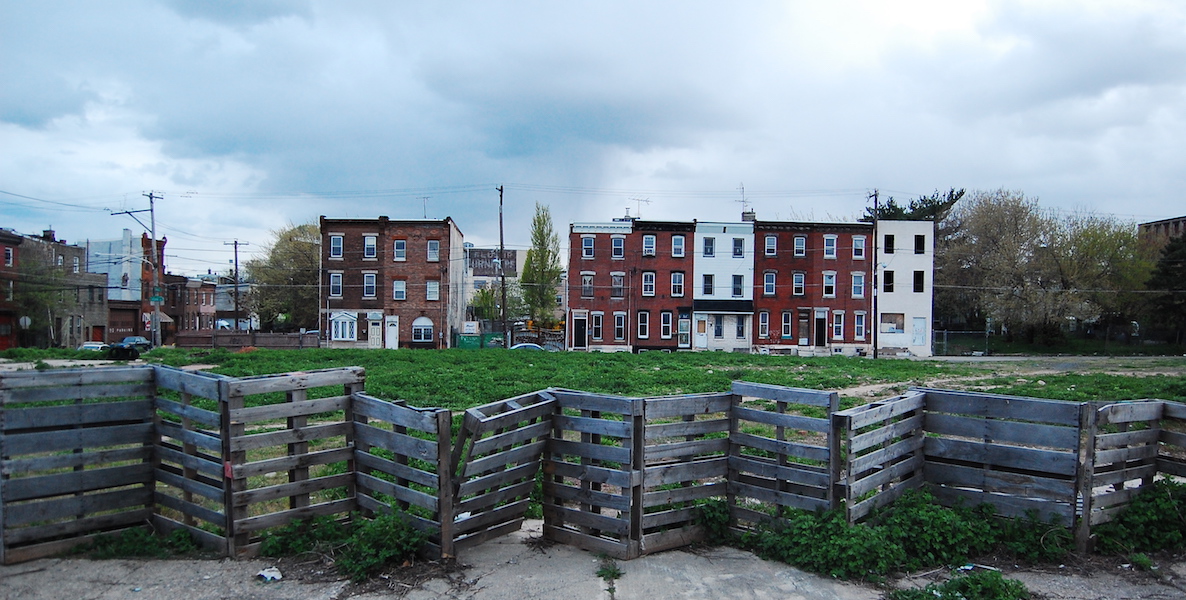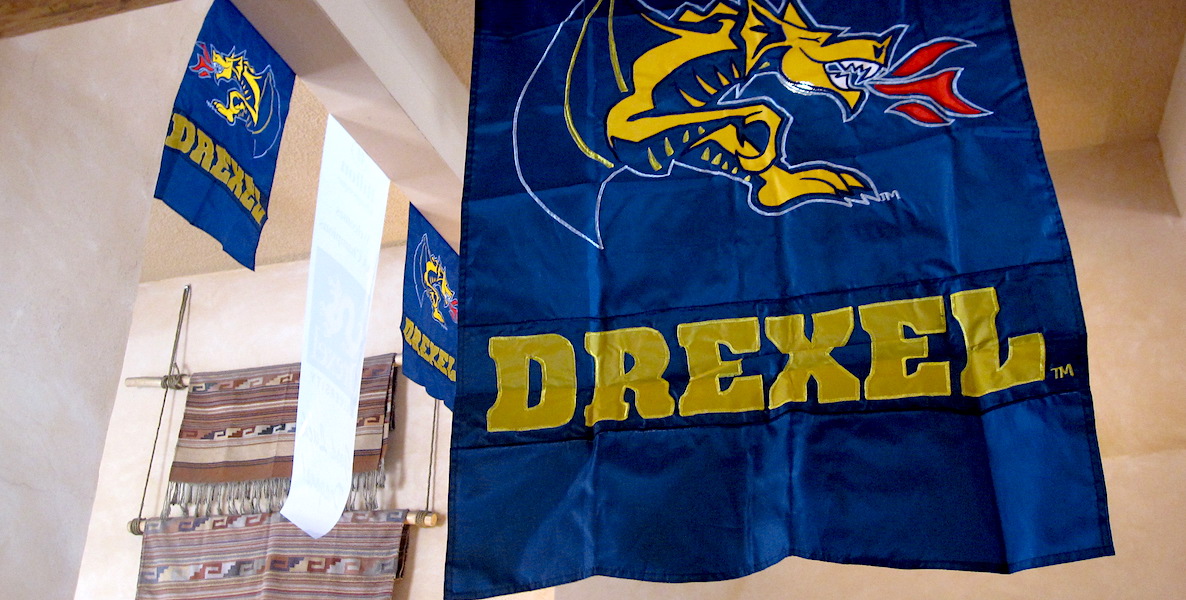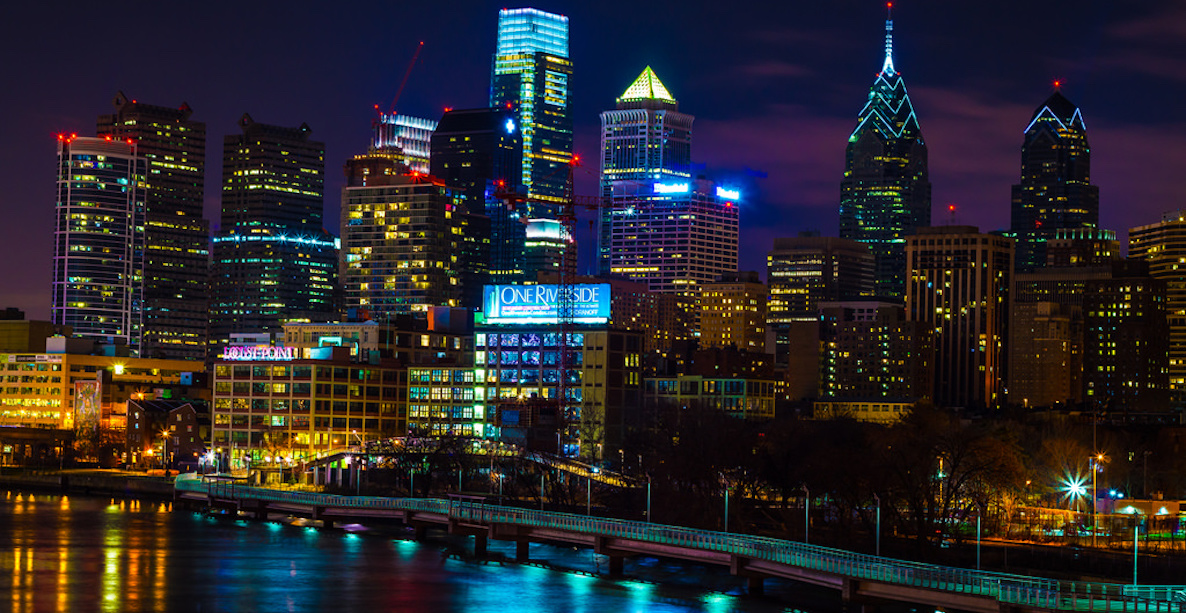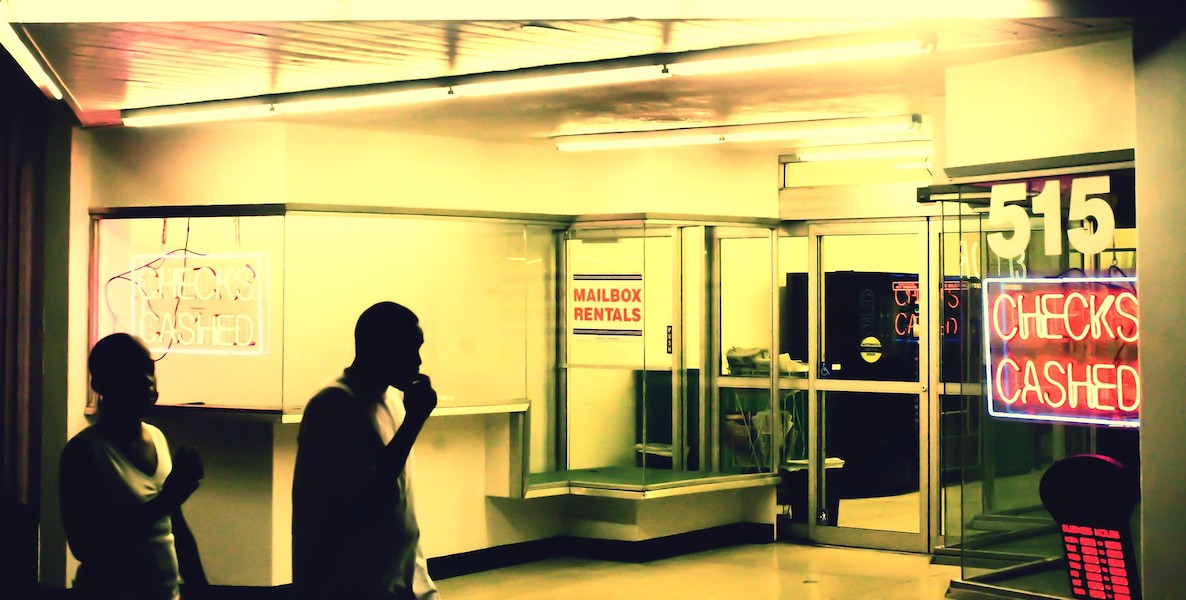During the depths of the Great Recession, “Too Big to Fail” became commonplace jargon in the effort to restore order to a financial system run amok. The consolidation of financial power has multiple implications. During my exploration of Opportunity Zones, I have observed a fundamental disconnect between the compartmentalized lending and investment practices of large financial institutions (and silo-driven federal and state governments for that matter) and the small, integrated but still nascent regeneration efforts of innovative practitioners in urban communities. I call this disconnect “Too Big to Function.”
Let me set the scene. Many urban neighborhoods—particularly those that were targets of urban renewal in the 1950s or victims of highway expansion in subsequent decades (i.e., more appropriately labeled “urban devastation”)—bear a common spatial reality, irrespective of the city in which they are located. Once thriving commercial corners or corridors are now populated by abandoned buildings and vacant lots (often owned by various arms of the city government or local churches or absentee slumlords in various stages of tax delinquency). This is true even when nodes of economic strength (a university or hospital or publicly subsidized sports complex) are, incredibly, located only a few blocks away.
While the poorest 10 percent of American families have gone from having no wealth on average in 1963 to being $1,000 in debt in 2016, large companies omnipresent in poor neighborhoods (like Dollar Tree, which earned $22.8 billion in revenue in fiscal year 2018) have thrived.
These neighborhoods are past and present victims of institutional racism. They literally sit on the “wrong side of the color line;” access to quality capital and mentoring to help residents purchase homes and build businesses remains scarce while parasitic capital for dollar stores, payday lenders and check cashers is plentiful. The result: while the poorest 10 percent of American families have gone from having no wealth on average in 1963 to being $1,000 in debt in 2016, large companies omnipresent in poor neighborhoods (like Dollar Tree, which earned $22.8 billion in revenue in fiscal year 2018) have thrived.
These neighborhoods are also often past and present victims of suburban-style Pay attention to development in PhillyDo Something
Across the country, an interesting set of investors and developers are focusing on restoring economic vitality to these neighborhood centers by pursuing interdisciplinary investments that put entrepreneurs, locally owned businesses and local-serving activities at the center of the conversation.
Ross Baird, for example, has worked with Access Ventures, a Louisville-based firm, to pioneer a “street corner” model that focuses on creating dense ecosystems of businesses, properties, and residences at strategic intersections or along strategic corridors of a community. Access Ventures invests in a whole neighborhood—one source of capital invests in housing, real estate, and growing businesses, with an eye towards a thriving, holistic economy.
These neighborhoods are past and present victims of institutional racism. They literally sit on the “wrong side of the color line.”
Brian Murray has used his firm, Shift Capital, to regenerate parts of North Kensington through the strategic purchase of former industrial buildings and the embrace of new urban manufacturing and maker spaces as a niche market. Shift has also forged a partnership with a respected Accelerator for minority owned real estate companies and is now working to apply a Neighborhood Trust concept to ensure that the local community ultimately captures the value created by its real estate activities.
Opportunity Zones are highlighting these innovative practitioners and intriguing models and bringing more players into the mix. Anthony Ackil, the founder of B.Good, a chain of healthy food restaurants, has started a new venture called Streetlight Ventures that combines extensive research and community engagement—as well as business support and mentoring—to develop and implement a vision for a mix of retail businesses that are responsive to the needs and desires of the neighborhood.
These disparate efforts share common principles and smartly leverage market dynamics:
- They focus on growing wealth via minority-owned businesses rather than providing social services or affordable housing, the traditional emphasis of community development.
- They focus on integrating rather than separating market activities in small geographies along traditional, walkable street grids (often, like North Kensington, well served by transit) thereby driving synergistic value from the density and diversity of uses.
- They focus on working with anchor institutions to use procurement and vendor relationships to boost business demand in adjoining neighborhoods.
- They focus on enhancing the rise of maker firms and other start-ups through the provision of co-working spaces and concierge services.
- They focus on collective branding, networking and programming to enhance the performance of individual firms.
- They focus, in short, on creating vibrant, organic economies in the shadow of market dynamics, policy choices and capital allocations that have, for decades, favored the large over the small, the big-box retail chain over the local proprietor.
It should be apparent that these new (old) concepts of neighborhood centers and corridors represent a fundamental challenge to conventional bank lending and investment.
Large banks treat community development as, typically, Community Reinvestment Act (“CRA”) debt products primarily centered on low-income-housing-only developments that combined federal subsidy in the form of a tax credit with conventional debt.
Articles on Philly’s changing neighborhoodsRead More
Finally, and most significantly, they are highly specialized and compartmentalized; investment and lending decisions are made via hierarchical silos that use disparate underwriting criteria and often require multiple authorizations. Single family housing operates by one logic; multifamily housing by another; commercial real estate by (still) another; small businesses by (still) another and so on.
So, what to do?
The usual approach to fragmentation of this magnitude is to call for coordination and collaboration. But that approach often falls victim to entrenched fiefdoms, intra-firm rivalries and the federal government adage that “inter-agency collaboration is an unnatural act between non-consenting adults.” We need to go further.
Too Big to Function is an observation of how local markets operate today. It does not need to be a prediction of how neighborhood economies evolve tomorrow.
Investing in firms that take a “whole neighborhood” approach—like those firms identified above and many others—is one obvious path to success. Expand the reach of CRA by making non-housing investments in communities more the norm than the exception. This would also marry the capacity of bank CRA divisions to underwrite community (mostly housing) deals with the capacity of equity investors to invest in businesses.
The Urban Investment Group at Goldman Sachs is pursuing a “solutions-focused not product-focused approach,” exemplified by the mixed-use Teachers Village development in Newark. Readers of The New Localism will recall the case of Kings Cross in London, where one large investor (there an Australian pension fund) was able to stage and sequence the regeneration of a large publicly owned area strategically located near the confluence of several transit and rail lines.
The focus on integrated, multi-asset class investments, of course, doesn’t obviate the need to do the basics, including finding new and traditional ways to capitalize minority entrepreneurs and developers who, despite have proven Articles by Bruce KatzRead Even More
Too Big to Function is an observation of how local markets operate today. It does not need to be a prediction of how neighborhood economies evolve tomorrow.
Bruce Katz is the director of the new Nowak Metro Finance Lab at Drexel University, created to help cities design new institutions and mechanisms that harness public, private and civic capital for transformative investment.
Photo courtesy Thomas Hawk / Flickr

